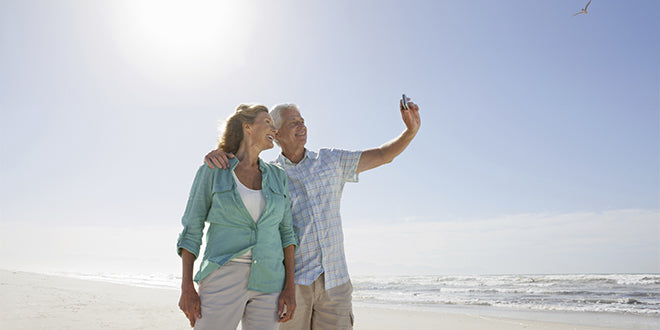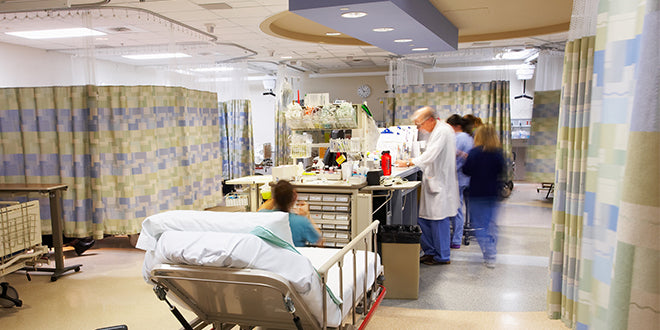Using the prospect of skin cancer as reasoning, many so called health experts tell us to avoid the sun and use sunscreen when we are exposed to sunshine. Both pieces of advice are flawed and actually potentially dangerous.
If you have a poor diet and low antioxidant levels, you are vulnerable to sun damage. Specifically, when people on the Standard American Diet (SAD) eat animal fats, some fats end up in the skin and, when exposed to sunlight, can create damage that leads to skin cancer.
However, if you have a healthy plant-based diet, such as the Hallelujah Diet, the sun is your friend. Our diet plays a crucial role in our ability to gain healthy benefit from the sun with the vitamin D production that is absolutely essential for optimal health.
Why we need the sun and vitamin D
Vitamin D is probably our most underrated nutrient. It is produced when the sun’s UV rays reach our skin and convert cholesterol into ProVitamin D which is converted into a vitamin D metabolite which is stored in the body until we need it. Researchers have discovered that approximately 85% of all people are deficient or have less than optimal blood levels of vitamin D. This is important because:- You can’t achieve optimal health without optimal vitamin D levels.
- Vitamin D deficiency and low levels of vitamin D are associated with most chronic diseases. So ironically, in our quest to avoid skin cancer by avoiding the sun, we may actually be exposing ourselves to far greater risk of everything from cancer and heart disease to autoimmune diseases such as MS and Crohn’s.
- The Archives of Internal Medicine showed that men with low vitamin D levels suffered 2.42 times more heart attacks. And, in Life Extension Magazine in 2009, William Faloon stated that the vast majority of heart attacks could be prevented if every American had optimal vitamin D levels, and that nearly 40,000 people who die every year from colon cancer could be saved.
- According to the Clinical Journal of the American Society of Nephrology, women with vitamin D deficiency have a 253% greater risk of colon cancer than those with optimal vitamin D levels (Sept., 2008). And William Faloon says that while women with the lowest levels of vitamin D have a 222% greater risk of developing breast cancer, higher levels of vitamin D can reduce breast cancer incidence by 30 to 50%.
- Robert Heaney, M.D., says that melanoma is more common among workers who work indoors and more likely to affect parts of the body not exposed to sunshine. Dr. Heaney says that the sun’s UVB rays delay the onset of melanoma in people prone to skin cancer and that melanoma rates rise as sun exposure and vitamin D status decrease.
- Marc Sorenson, Ed.D., author of Vitamin D3 and Solar Power for Optimal Health, says that vitamin D slows the spread of cancer into healthy tissue, inhibits the spread of cancer cells and works as an antioxidant and pro-oxidant.







